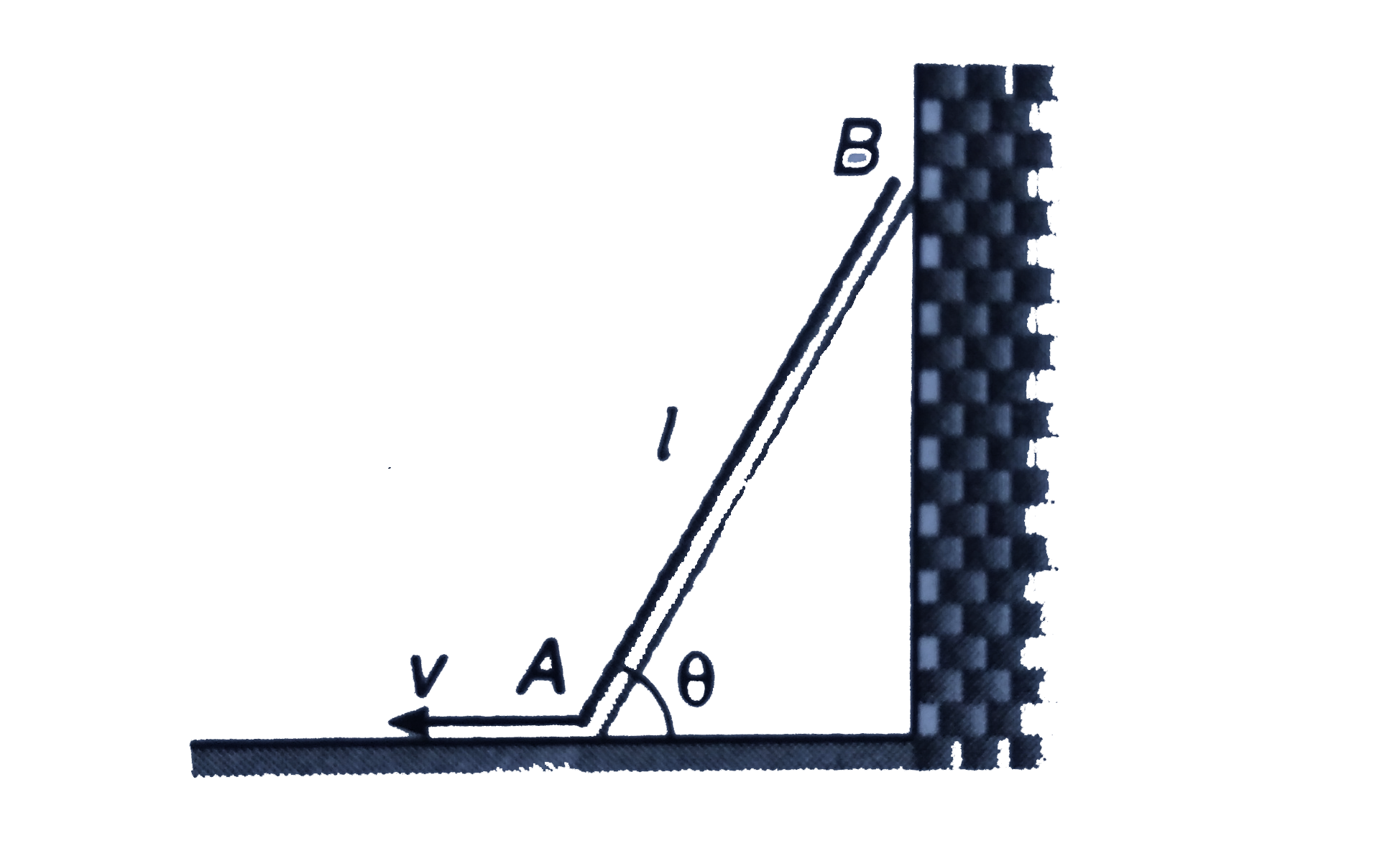Text Solution
Verified by Experts
The correct Answer is:
|
Topper's Solved these Questions
KINEMATICS
DC PANDEY|Exercise Exercise 6.1|2 VideosView PlaylistKINEMATICS
DC PANDEY|Exercise Exercise 6.2|3 VideosView PlaylistKINEMATICS
DC PANDEY|Exercise Example Type 7|1 VideosView PlaylistGRAVITATION
DC PANDEY|Exercise (C) Chapter Exercises|45 VideosView PlaylistKINEMATICS 1
DC PANDEY|Exercise INTEGER_TYPE|15 VideosView Playlist
Similar Questions
Explore conceptually related problems
DC PANDEY-KINEMATICS-Miscellaneous Example
- A rocket is fired vertically upwards with a net acceleration of 4 m//s...
09:41
|
Play - An open lift is moving upward with velocity 10 m//s. It has an upward ...
05:44
|
Play - A particle starts with an initial velocity and passes successively ove...
03:43
|
Play - In a car race, car A takes a time t less than car B at the finish and ...
05:47
|
Play - An open elevator is ascending with constant speed v=10m//s. A ball is ...
11:25
|
Play - From an elevated point A, a stone is projected vertically upwards. Whe...
03:55
|
Play - Velocity of a particle moving in a straight line varies with its displ...
01:48
|
Play - Figure shows a rod of length l resting on a wall and the floor. Its lo...
04:09
|
Playing Now - A particle is moving in a straight line with constant acceleration. If...
07:49
|
Play - Three particles A, B and C are situated at the vertices of an equilate...
05:17
|
Play - An elevator car whose floor to ceiling distance is equal to 2.7m start...
10:41
|
Play - A man wants to reach point B on the opposite bank of a river flowing a...
06:02
|
Play
